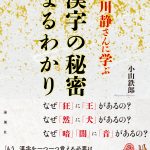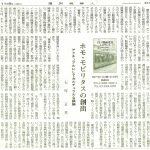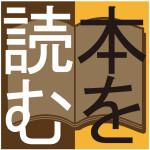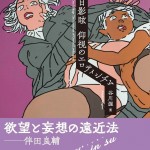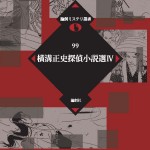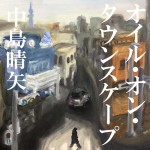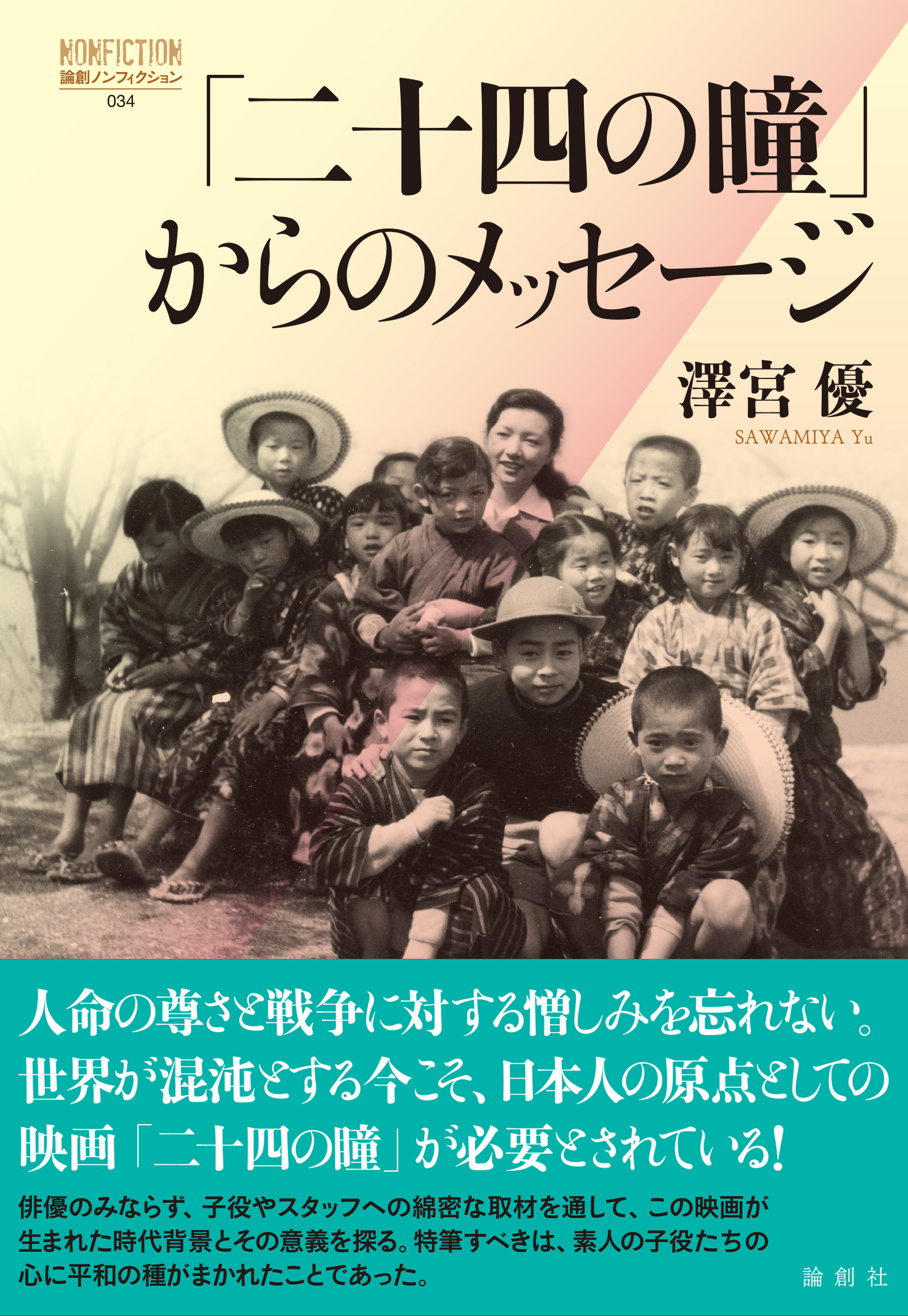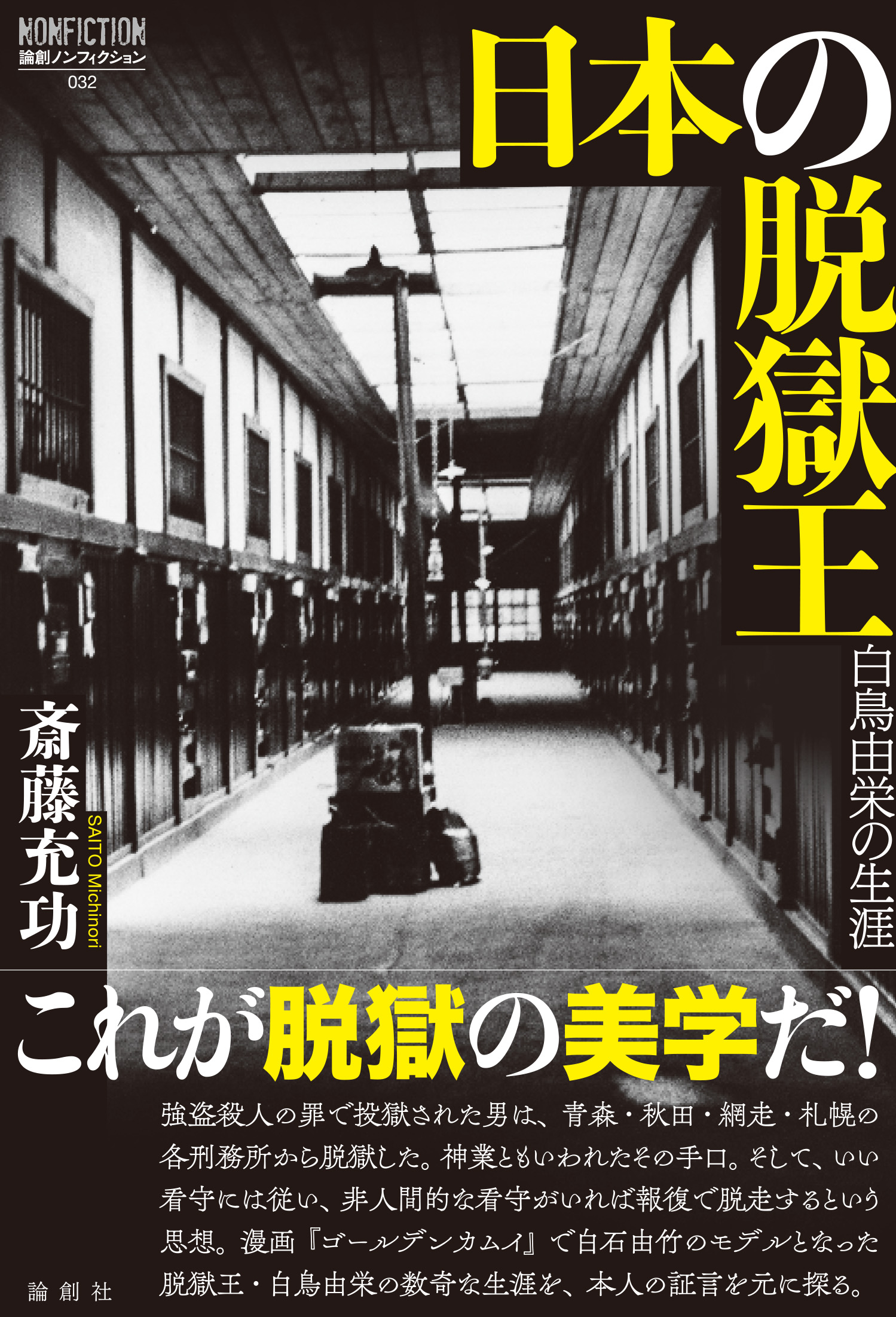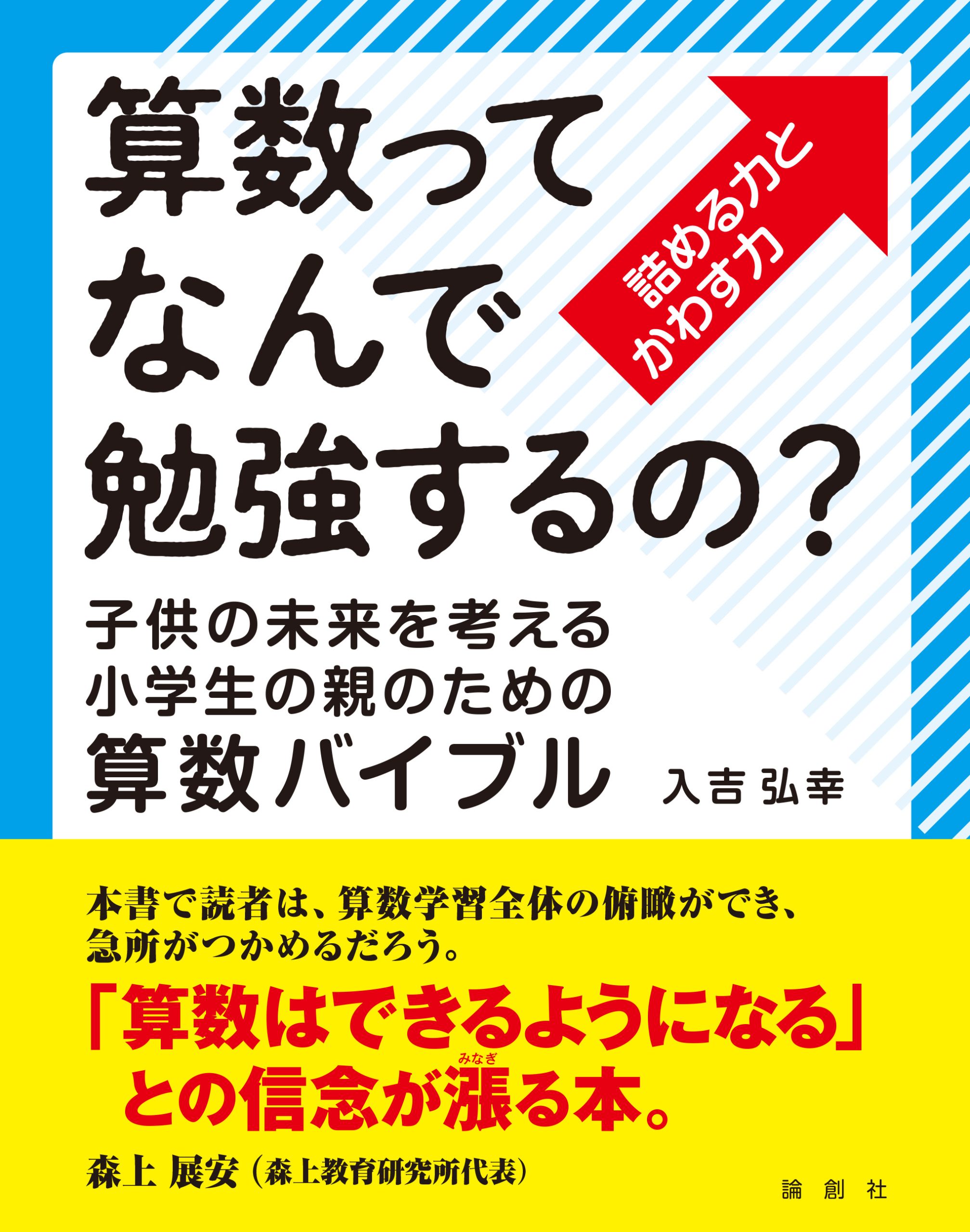- 2020-5-1
- お知らせ, 論創通信, The Nichiren Buddhism【ミステリーな日蓮 英訳版】
Politics and Doctrine of Nichiren Buddhism#002
Hiroto Ema
Chapter 1
Political position of Nichiren sect
1.Rank of Nichiren and his disciples
Nichiren(1222-82) was born in Kataumi of Awa country Tōjō Gō Nagasa county (Now Chiba Prefecture). The center of this area was Tōjō no Mikuriya, a territory Minamoto no Yoritomo(1147-99),the founder of the Kamakura Shogunate, donated to Ise Grand Shrine as a monument of victory over the Taira clan. The birth of Nichiren is unknown except for the fact that he called himself “the son of Sendara (a class of untouchables)”. But we cannot accept this word of Nichiren to the letter, for self-humbling names such as Sendara have been used as a metaphor like “store the gold in a muckheap” and limited to occasions in which one expresses the delight of having Supreme Lotus Sutra in spite of being a mean person.
In an era when the social rank was fixed, the ability of reading and writing must have related to one’s birth. In those days, there were illiterates even among landlords and lieges(1). Common people who were attached their farmland and sometimes traded also didn’t have such ability. Yutaka Takagi deduces that Nichiren was born in a house of an officer of manor, and points out that he had a nurse when he was infant(2). Indeed, the fact that Nichiren had interest in fishery and maritime affairs, was used to using servants and coins, and loved renowned horses and swords, suggests that he belonged to the class of landlords or lieges. So, it must be because this fact was known to his disciples that Nichiren had never mentioned to his birth in any letters.
On the other hand, the disciples of Nichiren also came from ancient and honorable families. For example, Nisshō (1221–1323) was a member of Ito clan, which belonged to Fujiwara tribe, and a grandson of Kudou Suketsune. Besides, Nichirō(1245–1320) belonged to Hiraga clan, which descended from Seiwa Genji clan. And it should be noted that Nisshō built Jisso temple on the site of Suketsune’s residence to keep his tomb there, and Nichirō built Hondo temple on the site of Hiraga clan’s residence(3). Takagi argues that Nikkō(1246–1333) descended from Ōya clan(4). In an era when the doctrine of Buddhism was used to defense the state, and mastering it was the supreme culture, a priest must have been required to have special knowledge.
Then, to which social class did supporters of Nichiren belong? To answer this question, I would like to take the letters written by him as an example. The only seven supporters who were known to receive his letters written with Chinese characters were Ikegami Munenaka(1213-83), Toki Jōnin(1216–99), Ōta Jōmyō(1222–83), Soya Kyōshin(1224-91), Hakiri Sanenaga(1222–97), Daigaku Saburō, and Myōichi-ama(5). On the other hand, Nanjō Tokimitsu(1259–1332), who was an Eastern warrior and a private officer of Hōjō clan, and Shijō Kingo(1230–1300), who was also a warrior, didn’t receive a letter written with Chinese characters from him. The seven persons listed above whom Nichiren sent letters of Chinese characters were able to read classical Chinese writings, so their knowledge shows that they descended from aristocratic families.
By the way, Nikkō, a disciple of Nichiren, wrote about the funeral of his master(6). According to it, the mourners, from nearest to the coffin to farthest, were Gen’nai Saburō, Daigaku Saburō, Tomita Shirōtarō, Daigaku Ryō, Nanjō Tokimitsu, Ōta Jōmyō, Toki Jōnin, Shijō Kingo, Ikegami Munenaka, Sirōjirō, and Jirōsaburō. Nikkō described Gen’nai Saburō, the first among the mourners, as “a valet of the Shogun palace”, and Jirōsaburō, the last, as “an inhabitant of Kamakura”, so it seems that the order accorded with their social rank. The fact that a valet of the Shogun palace attended the funeral implies the relationship between Nichiren and the Shogun family(7). Perhaps, Gen’nai Saburō was a courier from the Shogun.
Daigaku Saburō, the next to Gen’nai Saburō, seems to have been Hiki Yoshimoto, a grandson of Hikino-ama, who had supported Minamoto no Yoritomo as his nurse, and later succeeded to the family. Then Nanjō clan seems to have been a private officer of Hōjō clan and Ōta Jōmyō would be a grandson of Miyoshi Yasunobu (1140-1221), the first secretary of the courthouse of the shogunate. There is no contradiction in the order of mourners. Toki Jōnin is said to have been a private officer of Chiba clan and an official from the rank of aristocrats, and Ikegami Munenaka is said to have descended from Fujiwara tribe and an official responsible for architecture and construction matters. The rank of Shijō Kingo, who served Nagoe Mitsutoki and his son Chikatoki as a chief retainer, was relatively low. Nagoe Mitsutoki, with entourages of powerful clans and members of the supreme decision-making body such as Chiba clan and Miura clan, leaded a coup backing up the former shogun Fujiwara no Yoritsune (1218-56) and competed with Hōjō Tokiyori (1227-63) over the position of regent. And Nagoe Chikatoki, the first son of Mitsutoki, served Koreyasu (1264-1326), the seventh shogun of the Kamakura shogunate, as a retainer, and Yorimoto attended Chikatoki when he went to the Shogun palace. The fact that Yorimoto was in relatively low rank among the mourners was suggestive when thinking the social rank of the disciples of Nichiren, along with the existence of Gen’nai Saburō.
Furthermore, when Niciren was pardoned the transportation and went back from Sado Island to Kamakura, the monks of Zenkō temple plotted to behead him, but, Nichiren later told proudly, a number of warriors from the governor of Echigo country (Hōjō Sanetoki) were dispatched to escort him, so the monks could do nothing against him(8).
Managed with such protection by the disciples, the sect led by Nichiren would later have more than one hundred disciples in Mt.Minobu and be economically stable enough to build a huge auditorium for the monks which had more than 900 square meters(9). The asset of Nichiren consisted of five horses, twenty-two thousand copper coins, sixteen kosode kimonos, and so on(10), which is comparable with that of an influential officer. Furthermore, the sect, as with the case of the regent government, was supported by the officers and the law bureaucrats, and took in their sons as disciple. So it is not difficult to imagine that those in power recognized such a sect as a kind of political power, and turned their attention to its movement.
As for the birth, it is important that Nichiren repeatedly emphasized the honor of being born in Tōjō no Mikuriya and expressed his affinity for Minamoto no Yoritomo(11). As discussed above, many of his disciples descended from ancient and honorable families. The fact that Hiki clan, Miyoshi clan, Itō (Kudō) clan, Hiraga clan, and Nichiren himself presented the Mandara Gohozon to Chiba Munetane (1265-94), the 9th master of the house, when he was infant(12), suggests an extraordinary relationship with Chiba clan. The disciples of Nichiren missioned mainly their families(13). The scope of mission by Nisshō, Nichirō, and Nikkō cannot be divided from their respective relatives. Also, the mission by Nichiren must have expanded from his family members too.
Note
(1) Masaharu Kawai points out “In those days(the mid Kamakura era), some of Jitōs and Gokenins, who composed the samurai society, were illiterate, thus had not acquired classical culture yet”.(Chuusei bukesyakai no kenkyuu. Yoshikawa Kōbun Kan, 1973, pp. 90)
(2) Yutaka Takagi “Awa ni kaetta Nichiren.” Kanazawa Bunko Kenkyuu 176, 1970.
(3) “Tamazawa Tekagami Sōkō.” Nichirensyū Syūgaku Zensyo 19, Sankibō Bussyorin, pp. 262-; “Gosyo Ryakuchu.” Nichirensyū Syūgaku Zensyo 18, pp. 165-
(4) Yutaka Takagi. Nichiren to sono montei, Kōbundō, 1965, pp. 198.
(5) Takagi, op. cit., pp. 143, 149.
(6) Nikkō.”Nichiren senge ki.” Kamakura Ibun, 14722
(7) “Daizu gosyo: An Offering of Soybeans.” Syōwa Teihon Nichiren syōnin ibun, ed. Rissyō University, pp. 1809. It is said to have been an answer to the Shogun palace, thus starts from a very modest sentences, “It is a great pleasure of mine to be given fifty bushel (about 180 liter) of beans.” A support done with fifty bushel of beans so much exceeded those used in the supports of other disciples, and the end of the letter was also modest.
(8) “Shuju onfurumai gosho: The Actions of the Votary of the Lotus Sutra.” ed. Rissyō University, op. cit., pp. 978.
(9) “Soya dono gohenji: King Rinda.” ed. Rissyō University, op. cit., pp. 1664. Eisyū Miyazaki quoted Nihon kenchiku shi (Syūichi Amanuma) and Zusetsu Nihon bijyutu shi (Yutaka Tazawa, Minoru Ōoka), and pointed out that the area of the stronghold house built in Minobu in 1274, which had twelve pillars, was 30 tsubo (about 100 square meters), which equals to
60 tatami mats. Nichiren to sono deshi, Heirakuji Shoten, 1997, pp. 129. According to this fact, the area of the huge auditorium for the monks which completed in 1281 was 273 tsubo (900 square meters), that is, 546 tatami mats. Nichiren said that the value of the building would be one thousand Kans if built in Kamakura. (“Jibiki gosho: Leveling the Land.” ed. Rissyō University, op. cit., pp. 1895). By the way, in those days, one could buy fifty bushel of rice with a Kan of coins.
(10) Nikkō, op. cit., 14723.
(11) “Shōnin gonan ji: On Persecutions Befalling the Sage.” ed. Rissyō University, op. cit., pp. 1672; “Niiama gozen gohenji: Reply to Niiama.” pp. 868; “Yagenta dono gohenji: The Swords of Good and Evil.” pp. 807; “Kangyō Hachiman shō: On Reprimanding Hachiman.” pp. 1848.
(12) Akira Nakao. Nichiren shinsekibun to jiin bunsyo, Yoshikawa kōbun kan, 2002, pp. 50.
(13) Yutaka Takagi points out that because the power of a parent was so enormous in those days, it was natural that the belief of the head of a house was communicated its members, and this communication of belief was intensified through family connections. (Takagi, op. cit., pp. 233)
May 1st 2020
Please let us know your feedback via e-mail.
(Next section will be released on June 1st)
Back Number→The Nichiren Buddhism
ミステリーな日蓮 〈番外編〉「日蓮と政治」#002
江間浩人
第1章 日蓮教団の政治的立場
1.日蓮と門下の階層
日蓮(1222-82)は安房国東条郷長狭郡の片海に生れた。この地の中心は、源頼朝(1147-99)が平家を下した戦勝記念として伊勢神宮に寄進した東条御厨である。日蓮の出自については、日蓮が「旃陀羅が子」と自称していること以外、詳しいことは分からない。しかし、この日蓮の自称をそのままは首肯し難い。そもそも「施陀羅」などその身を卑下する自称は、「糞嚢に金を包む」などの対比と同様の文脈で用いられ、はかない凡身が無上の法華経を持つ悦びを表明する場合に限られているのである。
社会階層が固定された時代において、文字の素養も当然、出自と無関係ではなかろう。地頭御家人に文盲がいた時代である(1)。土地に付属し、売買の対象ともされた庶民(下人・所従・田夫)に文字の素養はない。高木氏は、日蓮は荘官層の出であろうと推測し、日蓮の幼時に乳母が存在したことを指摘されたが(2)、漁事・海事に関心を寄せ、下人や銭貨の使用に慣れ、名馬や名刀を愛でる態様も、領家ないし御家人の被官層にふさわしい。日蓮が書簡で出自に触れないのは、当時の門下にとってそれが自明であったからであろう。
一方、日蓮の弟子も由緒正しい血筋のものたちである。日昭(1221-1323)は藤原一族の伊東氏で、工藤祐経の孫であり、日朗(1245-1320)も清和源氏の流れを引く平賀氏である。いずれも所伝(3)だが、日昭が材木座の祐経邸跡に実相寺を創建し墓所を留め、日朗が平賀邸跡に本土寺を創建した点は重く見ていい。高木氏は、日興(1246-1333)が大宅氏の流れにあるとされた(4)。仏法が鎮護国家の責務を担い、その修得が最上の教養であった当時、出家には特段の素養を求められた結果にちがいない。
では、日蓮の檀那はどのような社会階層にあったのか。それを示す一例として、まず日蓮の書簡をみたい。日蓮が漢文書簡を送ったと判明する檀那は、池上宗仲(1213-83)、富木常忍(1216-99)、太田乗明(1222-83)、曾谷教信(1224-91)、波木井三郎(1222-97)、大学三郎、妙一女の7名である(5)。得宗被官であったが東国武家の南条時光(1259-1332)や、やはり武家の四条金吾(1230-1300)に漢文書簡は送っていない。7名は漢文を読みこなせたのであり、その高い教養からは貴族の血筋が想定されよう。
また、弟子の日興は、日蓮の葬送を書き残している(6)。それによれば葬列の次第は、棺に近い者から、源内三郎、大学三郎、富田四郎太郎、大学亮、南条時光、太田乗明、富木常忍、四条金吾、池上宗仲、四郎次郎、二郎三郎の順になる。筆頭の源内三郎を日興は「御所御中間」と記し、末の二郎三郎を「鎌倉の住人」とすることから、身分によった序列とみていい。将軍御所の在勤者が葬列を飾っており、日蓮と将軍家との有縁が推察される(7)。源内三郎自身は、将軍家の使者であろう。
源内三郎に続く大学三郎は、乳母として配流中の源頼朝を支えた比企尼の孫で、その家督を継いだ比企能本である。南条は得宗被官であり、太田乗明は初代問注所執事を務めた三善康信(1140-1221)の孫である。そう考えて序列に矛盾はない。また、富木は千葉氏の被官で貴族出身の官僚であり、池上宗仲は、藤原氏の出で作事奉行と伝えられる。名越光時、親時の重臣であった四条頼基の序列は低い。光時は、千葉氏、三浦氏などの名だたる豪族御家人や評定衆を従え、前将軍頼経(1218-56)を担いでクーデターを起こし、北条時頼(1227-63)と執権職を争った人物である。また光時の嫡子・親時は将軍惟康(1264-1326)の近臣で、頼基は親時の御所出仕に供奉していた。その頼基が檀那の下位にあった事実は、源内三郎の存在と併せ考えて日蓮門下の社会階層を知る上で示唆に富む。
さらに、日蓮が赦免されて佐渡から鎌倉に向かう際、善光寺の僧徒らが日蓮の斬首を謀ったが、越後守(金沢実時)の数多くの衛兵が日蓮を護衛していたので、僧徒らは手出しができなかったと日蓮自身が誇ってもいる(8)。
このような門下らの庇護によって運営される日蓮の教団は、後に身延山に100人を超える弟子らを抱え、500畳を超す大坊を建設するなど(9)、経済的にも安定していた。日蓮の遺物も馬6頭、銭22貫文、小袖16着等あり(10)、やはり有力御家人に比せるものだろう。しかも教団は、執権政体と同様、御家人と法曹官僚の二者によって支えられ、その子息を弟子として取り込んでいた。時の政権が、このような教団をある種の政治勢力と認識し、その動向を注視していたであろうことは想像に難くない。
出自についても、日蓮が東条御厨の出身である誇りを再三強調し、頼朝に対する親近感を表白している点は重要である(11)。先に見たように日蓮の門下には、将軍家と近かった名門の血筋が多い。比企氏、三善氏、伊東(工藤)氏、平賀氏、さらに日蓮自身が千葉氏の9代目当主・宗胤(1265-94)の幼少時に本尊を送っており(12)、千葉氏との並々ならぬ関係も伺えるのである。日蓮の弟子は、その布教を自らの血縁を中心に行っている(13)。日昭や日朗、日興の教線は、3人の血縁と不可分の関係にある。日蓮の教線も、日蓮自身の血縁から伸びたものとみて間違いなかろう。
注
(1)河合正治氏は、「当時(鎌倉中期、筆者注)、武家社会の中堅である地頭御家人たちはまだ文盲のものもあり、古典的教養を身につけるまでには至っていなかった」と指摘された(『中世武家社会の研究』吉川弘文館、1973年、90頁)
(2)高木豊「安房に帰った日蓮」(『金沢文庫研究』176、1970年)
(3)「玉沢手鑑草稿」(『日蓮宗宗学全書 第19巻』山喜房仏書林、262頁以下)、「御書略註」(『日蓮宗宗学全書 第18巻』165頁以下)
(4)高木豊『日蓮とその門弟』(弘文堂、1965年)198頁
(5)高木豊(注4)143、149頁
(6)日興「日蓮遷化記」(『鎌倉遺文』14722)
(7)「大豆御書」(『昭和定本 日蓮聖人遺文』立正大学編、以下「定本」1809頁)参照。御所への返書と伝わり「大豆一石かしこまって拝領し了ヌ」と強い謙譲に始まる。大豆一石という供養も他の門下とは桁違いであり、結語も「恐惶謹言」としている。
(8)「種種御振舞御書」定本978頁
(9)「曾谷殿御返事」定本1664頁。宮崎英修氏は、天沼俊一『日本建築史』、田沢担・大岡実『図説日本美術史』から当時の建築物は一間が十尺前後であったことをもとに、1274年(文永11)に建設された12の柱をもつ三間四面の身延の草庵が30坪、60畳の広さがあったと指摘された。これに従えば、1281年(弘安4)に完成した十間四面の大坊は273坪、546畳となる(『日蓮とその弟子』平楽寺書店、1997年、129頁)。日蓮はこの大坊の価値を鎌倉であれば1000貫となると述べる(「地引御書」定本1895頁)。一貫文は、当時、米約一石であった。
(10)前掲注(6)『鎌倉遺文』14723
(11)「聖人御難事」定本1672頁、「新尼御前御返事」定本868頁、「弥源太殿御返事」定本807頁、「諌暁八幡抄」定本1848頁
(12)中尾尭『日蓮真蹟文と寺院文書』(吉川弘文館、2002年)50頁
(13)高木豊氏は、当時は超絶した親権があったから、親・家長の信仰がそのまま家族内に受け入れられることは、むしろ当然であり、結縁関係を通じて、その信仰はいっそうひろく伝播したと指摘されている[前掲(4)『日蓮とその門弟』233頁]
2020.5.1
—ご感想はお問い合わせメールまで(次回は6/1予定)—



